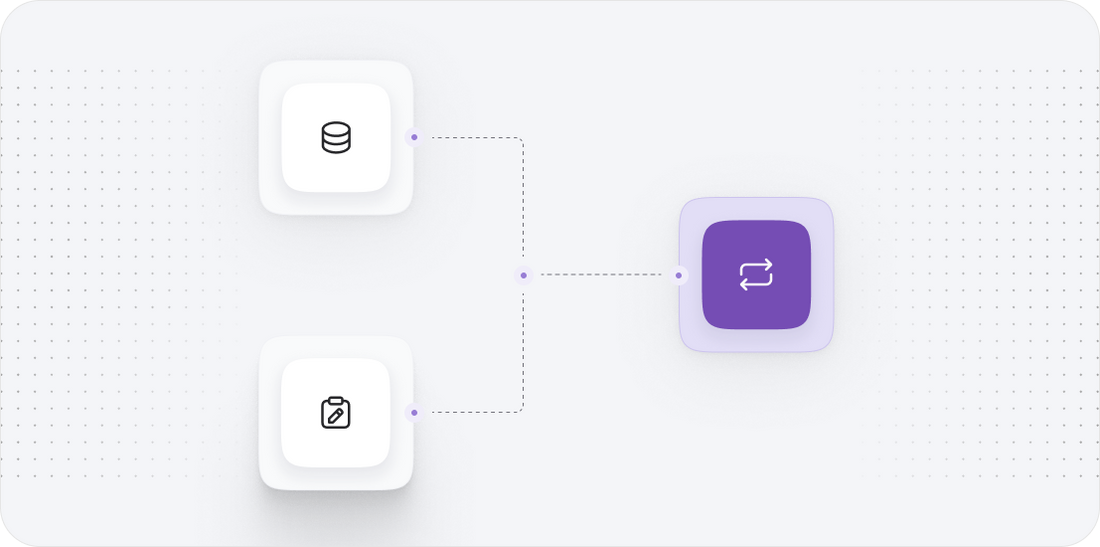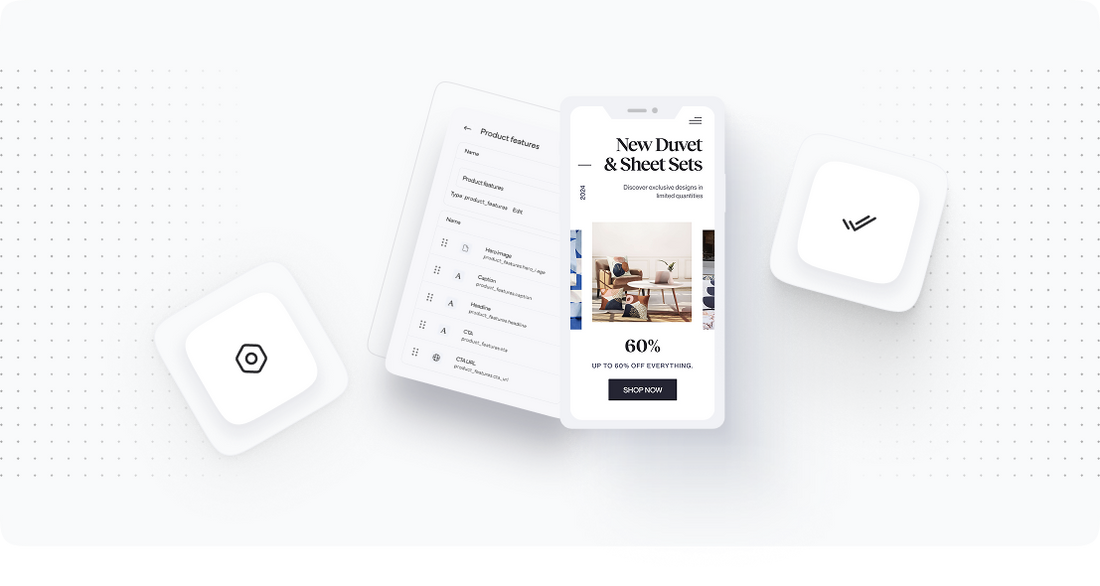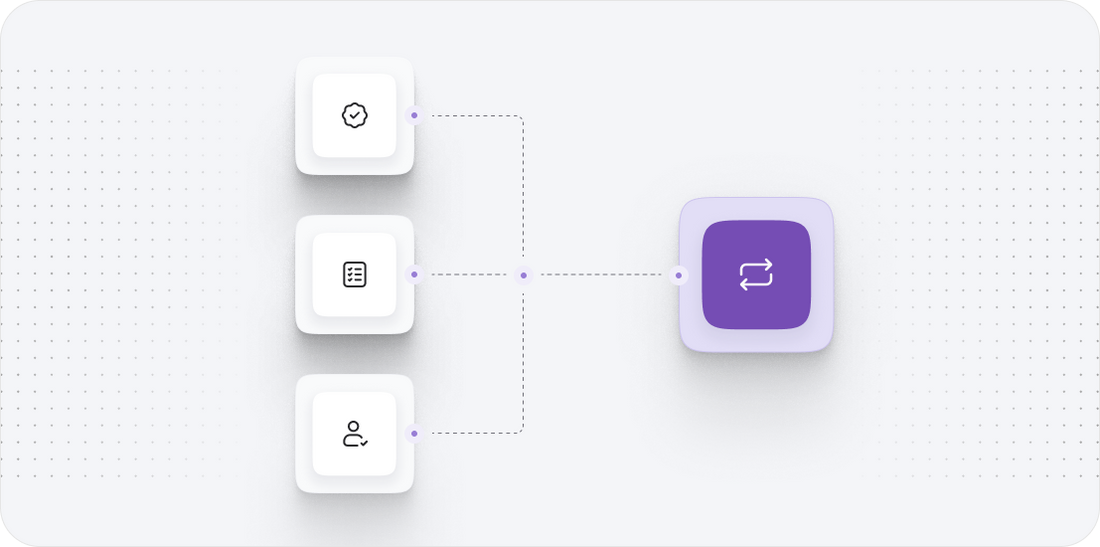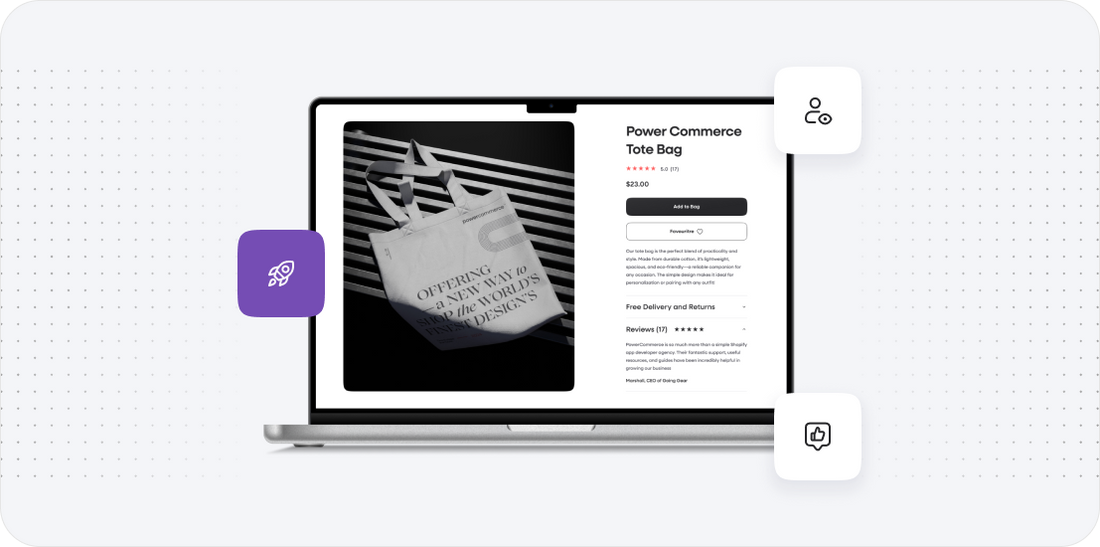





Dokan marketplace to Bigcommerce
Migrating your store from Dokan marketplace to Bigcommerce might seem daunting, but with proper planning and the right tools, it's a smooth process. Follow this step-by-step guide to ensure a successful transition.
Schedule a call
Step-by-Step Migration Guide: Dokan Marketplace to BigCommerce migration guide
Step 1: Pre-Migration Preparation
In this initial step, we focus on gathering and verifying essential data from your Dokan Marketplace. Proper preparation is critical to ensure a smooth migration to BigCommerce.
Step 2: Exporting Data from Dokan Marketplace
In this step, we focus on exporting the necessary data from your Dokan Marketplace to prepare it for migration to BigCommerce.
Step 3: Preparing BigCommerce for Data Import
This step involves configuring your BigCommerce store to receive the data exported from Dokan Marketplace, ensuring compatibility and readiness for migration.
Step 4: Importing Data to BigCommerce
Here, we execute the actual import process, transferring data from the exported Dokan files into your BigCommerce store.
Step 5: Post-Import Data Cleanup and Adjustment
After importing the data, we focus on cleaning up and adjusting any inconsistencies to ensure a smooth transition and effective operation on BigCommerce.
Step 6: Configuring BigCommerce Features and Settings
In this step, we focus on configuring essential features and settings in BigCommerce to optimize your store's performance and usability.
Step 7: Testing and Launching Your BigCommerce Store
In this final pre-launch step, we perform comprehensive testing and adjustments to ensure everything is working flawlessly before going live.
Power Your Step - Get in Touch
Ready to migrate your Dokan Marketplace to BigCommerce? Contact us for expert support and seamless migration.
Step 1: Pre-Migration Preparation
Before initiating the migration from Dokan Marketplace to BigCommerce, we need to undertake thorough preparation. This includes backing up data, assessing current configurations, and ensuring all necessary resources are in place. The objective here is to ensure that nothing is lost during the transition and to have a clear understanding of what data will be migrated.
The steps involved in this preparation phase are as follows:
- Data Backup: Create a complete backup of your existing Dokan Marketplace. This includes:
- Database backups containing product information, customer data, and order history.
- Backup of all media files such as images and documents associated with products.
- Export any additional configurations or customizations that may be relevant for the migration.
- Assess Current Data: Review and organize your existing data. This involves:
- Identifying the data types that need to be migrated, such as products, customers, and orders.
- Checking for any inconsistencies or duplicates in your data that may affect the migration.
- Documenting any custom fields or attributes that need special attention during the migration process.
- Configure BigCommerce Account: Set up your BigCommerce account if you haven't already. This includes:
- Choosing the appropriate pricing plan based on your business needs.
- Setting up your store's basic configurations such as currency, shipping details, and payment gateways.
- Prepare for Data Mapping: Understand how to map your Dokan data to BigCommerce. This requires:
- Identifying which data fields in Dokan correlate to those in BigCommerce.
- Planning for any necessary adjustments or transformations of data formats.
Engaging in this meticulous preparation sets a solid foundation for a successful migration, reducing the likelihood of errors or data loss.

Step 2: Exporting Data from Dokan Marketplace
With the preparation phase completed, the next step involves exporting data from your Dokan Marketplace. This is a critical phase where we extract the necessary information that will be migrated to BigCommerce. The goal is to ensure that all relevant data is captured and formatted appropriately for the new platform.
The steps for exporting data include:
- Using Dokan's Export Feature: Dokan provides built-in tools for exporting data. Follow these steps:
- Navigate to the Products section in your Dokan dashboard.
- Use the export option to create a CSV file containing all product information, including product names, descriptions, prices, SKUs, and images.
- Exporting Customer and Order Data: Similarly, customer and order data must be exported. This involves:
- Accessing the Users section to export a list of customers.
- Exporting order data from the Orders section, ensuring to capture order history and statuses.
- Check Data Integrity: After exporting, we need to verify the integrity of the data:
- Open the exported files to ensure all necessary fields are populated.
- Look for any errors or missing information that may need to be rectified before proceeding.
- Document the Exported Data: Maintain a record of what data has been exported, including:
- The format of each file.
- Any specific configurations or settings that should be replicated in BigCommerce.
This careful exporting process ensures that all essential data is accurately captured and ready for the next phase of migration.

Step 3: Preparing BigCommerce for Data Import
With the data exported from your Dokan Marketplace, the next critical step is preparing your BigCommerce store for the incoming data. This involves configuring settings and ensuring that your BigCommerce environment is ready to accept the data seamlessly.
The preparation steps include:
- Setting Up Products in BigCommerce: Before importing products, we need to ensure that BigCommerce is configured correctly:
- Define product categories in BigCommerce that match those in your Dokan Marketplace.
- Set up any necessary attributes or custom fields that correspond to your Dokan product specifications.
- Configuring Payment Gateways: Ensure that the payment gateways you wish to use are set up and functioning in BigCommerce:
- Integrate popular payment options such as PayPal, Stripe, or others that suit your business model.
- Test the payment gateways to ensure they are operational before going live.
- Establish Shipping Settings: Configure shipping methods and rates to match your existing setup:
- Set up shipping zones and rates based on your business needs.
- Ensure that any shipping integrations are functional.
- Customizing Storefront: Get your BigCommerce storefront ready for a cohesive look:
- Select and customize a theme that aligns with your branding.
- Configure layout settings to provide an intuitive user experience for customers.
These preparatory steps are crucial to creating an environment in BigCommerce that is ready and optimized for receiving data from your Dokan Marketplace.

Step 4: Importing Data to BigCommerce
Now that we have configured BigCommerce and ensured it is ready to receive data, we move on to the actual import process. This step is pivotal as it involves transferring all the necessary data from the exported files into your new BigCommerce platform.
The data import process consists of the following steps:
- Using BigCommerce's Import Tools: BigCommerce provides tools for importing data. Here’s how we can use them:
- Access the Products import section within BigCommerce.
- Upload the CSV file containing your products exported from Dokan, ensuring that the format matches BigCommerce’s requirements.
- Importing Additional Data: After products, we need to import other critical data:
- Navigate to the Customers and Orders sections to import the respective CSV files.
- Follow prompts to map the columns in your imported files to the corresponding fields in BigCommerce.
- Monitoring the Import Process: During the import, we should monitor for any errors:
- Check for any notifications regarding data mismatches or failed imports.
- Resolve any issues that arise before proceeding.
- Verifying Imported Data: Once the import is complete, it is essential to verify:
- Review the product listings to ensure all data has imported correctly.
- Check customer data and order history for completeness.
This meticulous import process is key to ensuring the successful transfer of your Dokan Marketplace data to BigCommerce.

Step 5: Post-Import Data Cleanup and Adjustment
After the data has been imported into BigCommerce, it's crucial to perform a thorough post-import cleanup and adjustment. This step ensures that all information is accurate and that the store is functioning optimally.
Steps to follow during this phase include:
- Data Verification: Conduct a comprehensive review of the imported data:
- Check for any missing or incomplete product descriptions, prices, or images.
- Ensure that customer information is accurate and that order history reflects the correct data.
- Adjusting Product Categories: Organize products into relevant categories:
- Verify that all products are categorized correctly according to the defined structure in BigCommerce.
- Make any necessary adjustments to category names or hierarchies.
- Testing Functionality: It's essential to test the functionalities of the new BigCommerce store:
- Perform test transactions to ensure the checkout process works smoothly.
- Check that payment gateways are functioning as intended.
- SEO Considerations: Address any SEO-related adjustments:
- Ensure that product URLs are optimized and reflect best practices.
- Set up redirects if there were any changes in URL structures during the migration.
This cleanup and adjustment phase is vital to ensuring your BigCommerce store operates seamlessly and effectively post-migration.

Step 6: Configuring BigCommerce Features and Settings
With your data cleaned up and verified, the next step is to configure the necessary features and settings within BigCommerce. This ensures that your online store operates efficiently and provides a great user experience for customers.
Key areas to focus on include:
- Shipping Configurations: Set up your shipping options according to your business model:
- Define shipping zones and rates based on your target markets.
- Integrate with shipping carriers to automate label printing and tracking.
- Payment Settings: Ensure payment gateways are configured correctly:
- Check that all payment methods are enabled and functioning properly.
- Test transactions to confirm that payments are processed smoothly.
- Marketing Tools: Leverage BigCommerce’s marketing tools to enhance visibility:
- Set up email marketing integrations and promotional tools.
- Utilize SEO features to optimize store pages for search engines.
- Analytics Setup: Implement analytics tools for tracking performance:
- Connect Google Analytics to monitor traffic and conversions.
- Utilize BigCommerce's built-in analytics for real-time insights.
Configuring these features ensures that your BigCommerce store is not just functional but also primed for marketing and sales success.

Step 7: Testing and Launching Your BigCommerce Store
As we approach the launch of your BigCommerce store, it is crucial to perform thorough testing to ensure everything is functioning as expected. This final step serves to catch any issues before your store goes live to customers.
The testing process involves:
- Functionality Testing: Check all website functionalities:
- Test the complete checkout process, including cart functionality and payment processing.
- Ensure all product links, categories, and navigation are working correctly.
- Performance Testing: Assess the speed and responsiveness of your site:
- Use tools to test page load times and optimize accordingly.
- Ensure the site performs well under expected traffic loads.
- Cross-Browser and Mobile Testing: Verify the user experience across different devices:
- Check that the store is fully responsive and functional on mobile devices and various browsers.
- Ensure that all visual elements render correctly on different screen sizes.
- Final Review: Conduct a final review of all content and settings:
- Ensure that all product descriptions, images, and prices are accurate.
- Check that all marketing elements, such as promotions or banners, are correctly configured.
Once testing is complete and adjustments have been made, we can confidently launch your BigCommerce store.

Power Your Step - Get in Touch
We at PowerCommerce are here to assist you with your migration journey. Our team of experts is dedicated to ensuring that your transition from Dokan Marketplace to BigCommerce is seamless and efficient, minimizing downtime and maximizing performance.
To get started, simply follow these steps:
- Visit our contact page to fill out our form.
- Call us directly at 800-099-9090 for immediate assistance.
- Email us at info@powercommerce.com to discuss your specific migration needs.
Partner with us and leverage our 15 years of industry expertise to enhance your eCommerce operations. Let’s power your step toward a successful migration!
Stay aligned on what's happening in the commerce world
Trusted by 1000+ innovative companies worldwide
Schedule Your Migration Today
For businesses prioritizing simplicity, scalability, and robust support, Shopify is the clear winner.
Looking to migrate without hassle? Power Commerce can handle the entire process, ensuring smooth data transfer, store setup, and post-launch success.
Marka Marulića 2, Sarajevo, 71000 BiH
00387 60 345 5801
info@powercommerce.com


